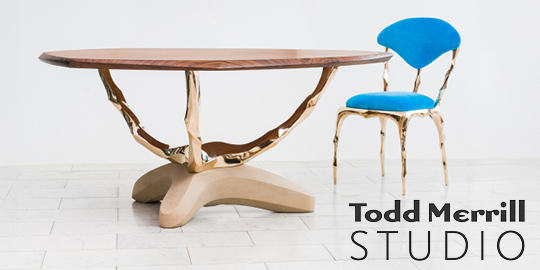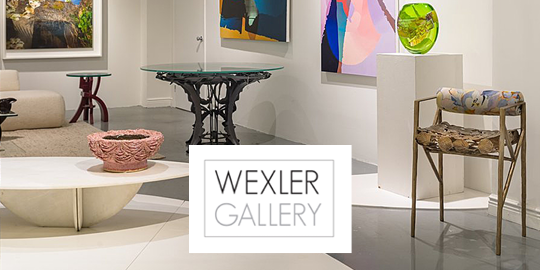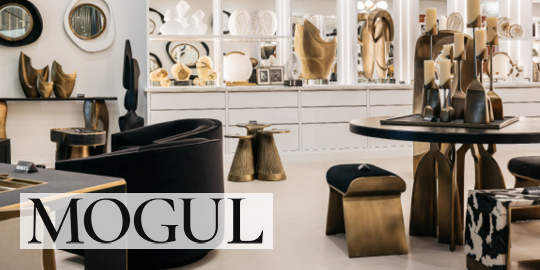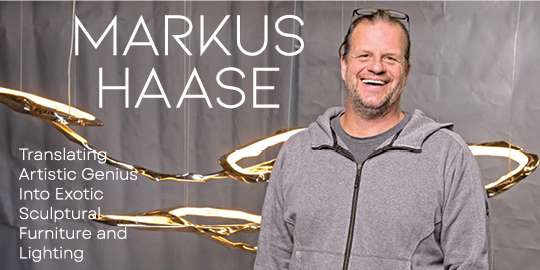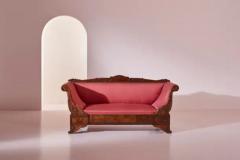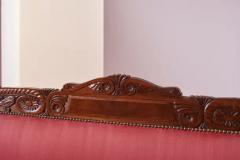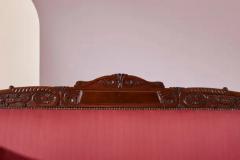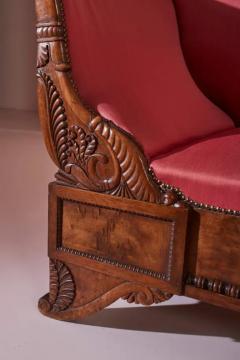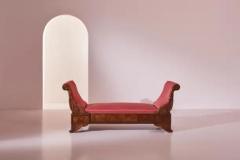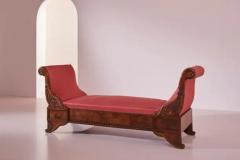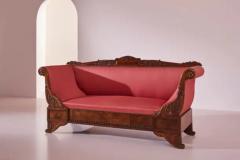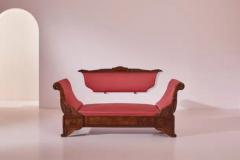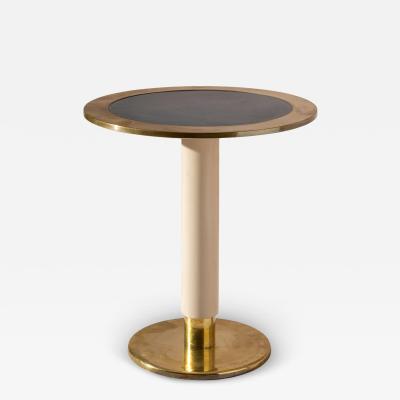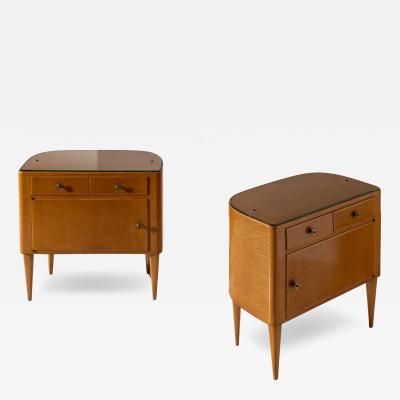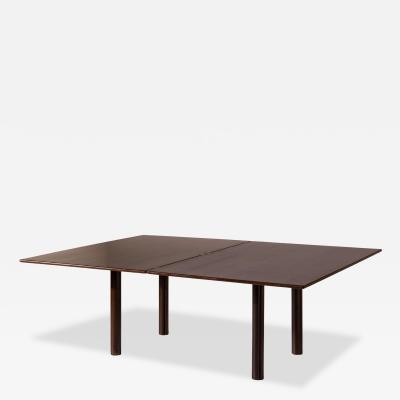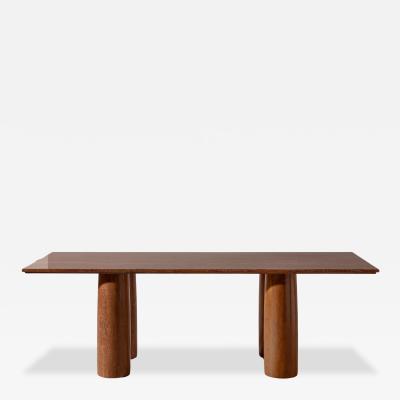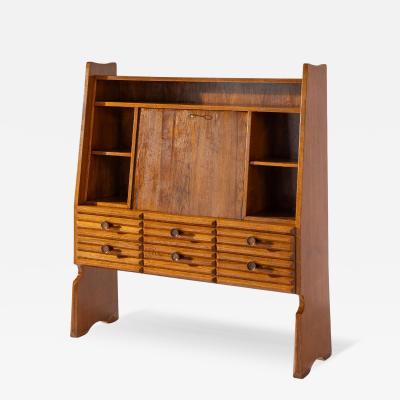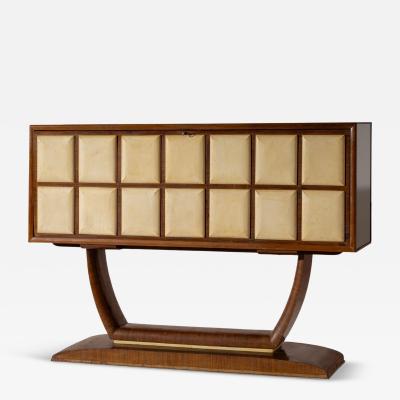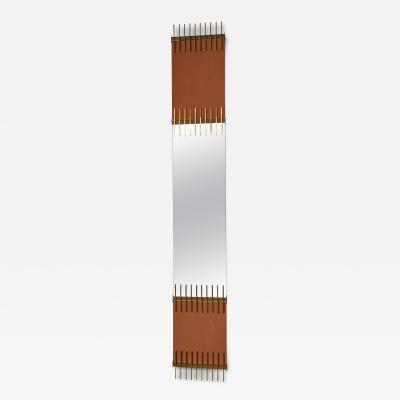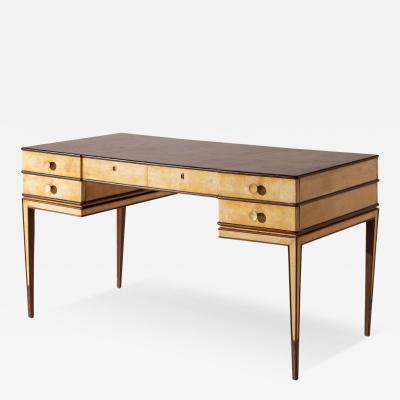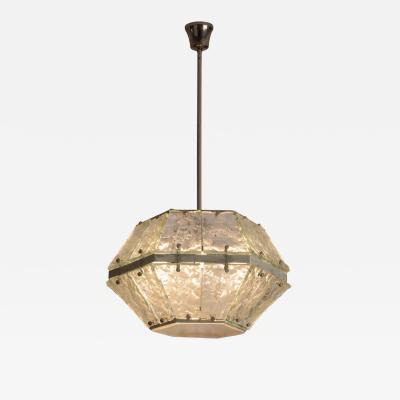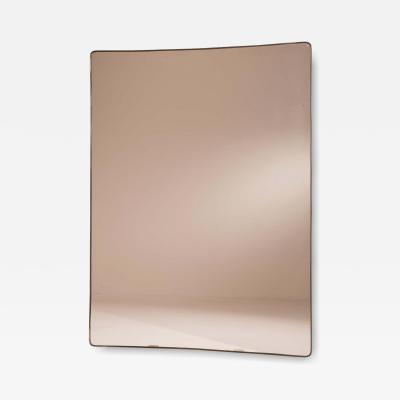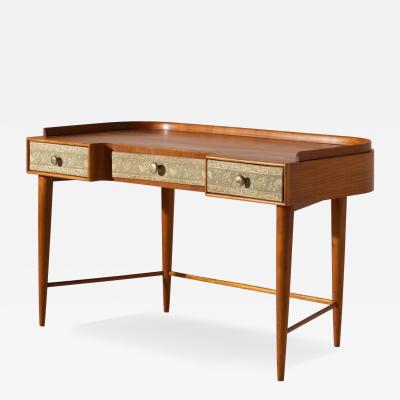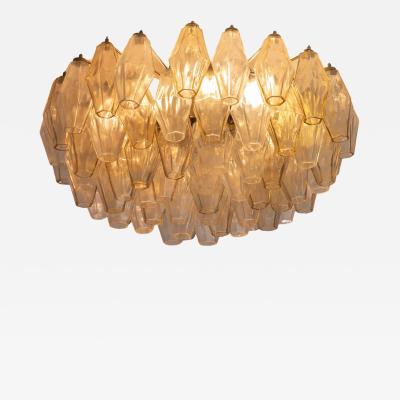A carved walnut sofa with boat-shaped form, in the style of Henry Thomas Peters. An antique piece, emblematic of the finest 19th-century furnishings. Superior quality walnut selection for weathered parts, featuring a rich array of symbols and decorations reminiscent of the Classical world and nature.
This sofa is part of the small and distinctive production from the city of Genoa around 1840, when the designs of the Italian-born cabinetmaker Henry Thomas Peters gained attention. Little is known about the English past of this cabinetmaker, who, a rare honor, gave his name to a style fully recognized in the encyclopedias of antiquities. Perhaps the decision to leave London and embark on the Grand Tour of Southern Europe was motivated partly by a spirit of adventure and partly to escape creditors who had become too burdensome back in England.
While the antecedents remain obscure, it's certain that Peters found in Genoa, with its affluent bourgeoisie accustomed to commerce, a fertile and receptive entrepreneurial climate for his project: to resume what he knew best, designing furniture. The Genoese may have invented banking and the first credit instruments, but from a manufacturing standpoint, compared to other European realities, they were still far from a functional division of labor. In furniture production, there was no defined project, no precise designs or instructions to follow, tasks entrusted to a coordinating figure overseeing the entire realization of a piece of furniture, from blueprint to finished product. In other words, they lacked a designer. We could almost say that Peters was a proto-designer. He designed, he conceptualized, and managed to create a distinctive, recognizable style.
His designs demonstrate his ability to blend the canons of an English style heavily indebted to Adam, whom we can consider, at least morally, his master, with the taste and stylistic tradition of Genoa, which was in many senses conservative. The result is a series of furnishings, regionally characterized yet possessing a European taste and scope, thus, international.
A sofa like this, richly carved, with classical motifs and soft lines, integrated into modern décor, bears witness to an ancient elegance that still has much to teach. The piece is professionally restored and upholstered with quality fabric. The backrest of the piece can be removed, transforming it into an "ottoman" ideal as a daybed or hallway furniture.





